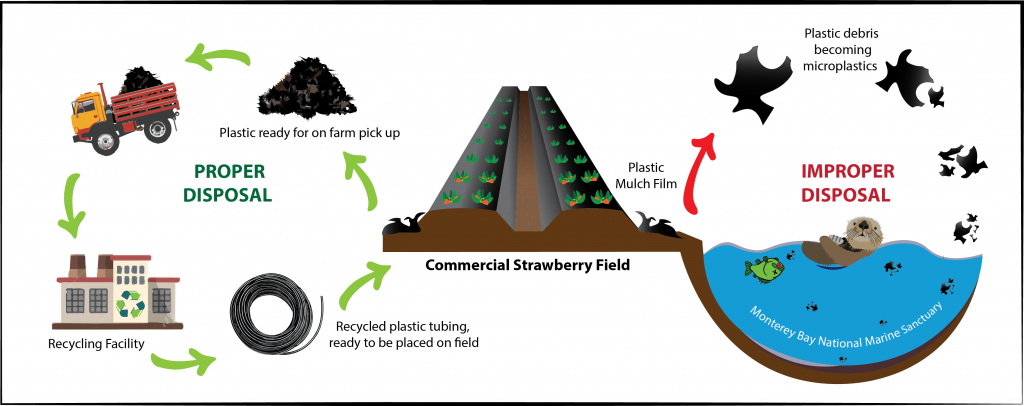Many advances in agriculture have been made possible through the use of plastic. These include longer growing periods, more efficient resource utilization, labor savings, increased crop quality and yield, as well as lowering agrichemical use. Agricultural plastic use is predicted to increase as human population increases. While plastic use is increasing, knowledge and understanding of the extent of plastic pollution in the soil, sea and air is in its early stages, with toxicological and long-term system impacts still largely unknown (GESAMP 2015). Nevertheless, there is general agreement that the current rate of export of plastic to the environment is not sustainable and that all sectors of industry must find means to reduce the plastic load escaping into the environment. While agricultural plastic represents a small percent of the total plastic used, about 2-4% or 6.7 million tons in 2017 (Jansen et al. 2019), its presence in open fields where it is exposed to the effects of sun, water and wind make it especially vulnerable to transport into the non-agricultural environment, including the ocean. Chemicals including pesticides adhere to plastic, thus escaping agricultural plastic can convey pesticides to the ocean. For these reasons, intensified efforts need to be made by researchers, equipment manufacturers, resource conservation professionals and growers to find ways to more completely collect, replace, and recycle agricultural plastic.
Read and comment on our draft Plasticulture White Paper titled, “Agricultural use of plastic in Monterey County: An assessment of plastic pollution risk and reduction for regional waterways.”
White Paper
